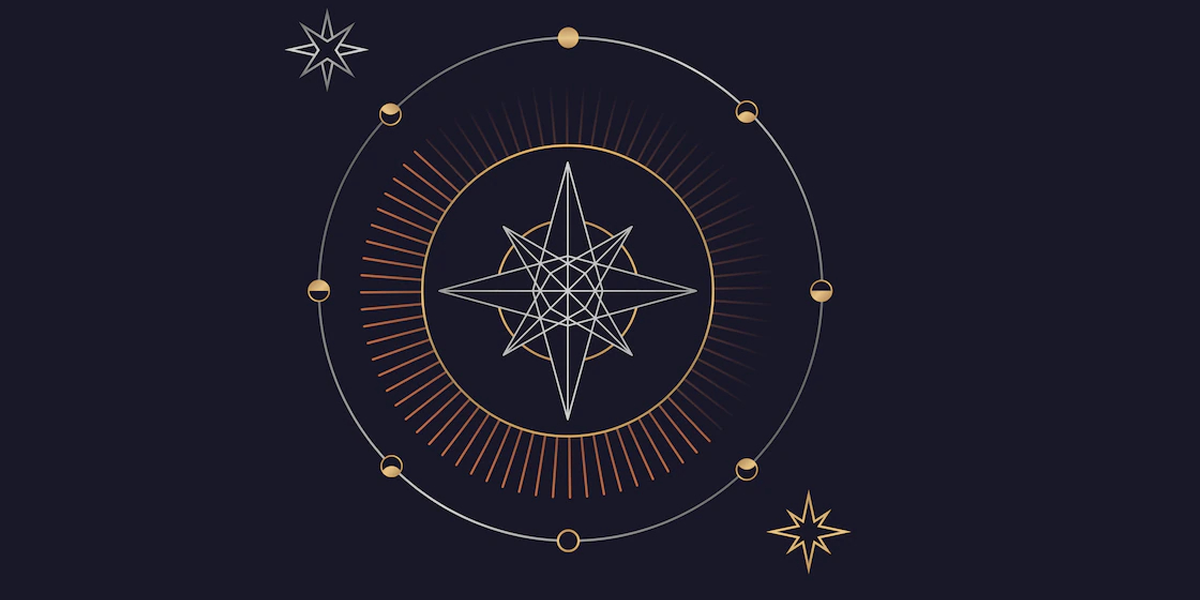

Pigeon Pose is a deep hip opener that stretches the piriformis muscle, which is often involved in sciatic pain. This pose can help to relieve pressure on the sciatic nerve and reduce pain.
Cat-Cow Pose is a dynamic stretch that helps to mobilize the spine, increase flexibility, and relieve tension in the lower back. It’s particularly effective for loosening up the muscles around the sciatic nerve.
Reclined Pigeon Pose is a gentler variation of the traditional Pigeon Pose. It targets the same muscle groups and provides a deep stretch without placing as much pressure on the lower back.
Bridge Pose strengthens the core, glutes, and lower back while also stretching the hip flexors and opening the chest. This pose helps to stabilize the spine and alleviate pressure on the sciatic nerve.
Cobra Pose is a gentle backbend that strengthens the lower back muscles and opens the chest. It helps to increase spinal flexibility and relieve pressure on the sciatic nerve.
Knee-to-Chest Pose is a simple yet effective stretch that helps to release tension in the lower back and hips. It also gently stretches the hamstrings, which can become tight in individuals with sciatica.


















































































“How do I open to the Muse?” This is the age-old question for writers. We

Wellness isn’t just about green smoothies and scented candles anymore. It’s evolved into a full-blown

Before you start eating, ensure all the food you plan to consume is laid out in front of you. To truly eat mindfully, you must give your full attention to the experience.

The world around us is very strange, consisting as it does of atoms and protons

More than likely, on your spiritual path, you’ve heard that it’s vital to clean up





| Cookie | Duration | Description |
|---|---|---|
| cookielawinfo-checkbox-analytics | 11 months | This cookie is set by GDPR Cookie Consent plugin. The cookie is used to store the user consent for the cookies in the category "Analytics". |
| cookielawinfo-checkbox-functional | 11 months | The cookie is set by GDPR cookie consent to record the user consent for the cookies in the category "Functional". |
| cookielawinfo-checkbox-necessary | 11 months | This cookie is set by GDPR Cookie Consent plugin. The cookies is used to store the user consent for the cookies in the category "Necessary". |
| cookielawinfo-checkbox-others | 11 months | This cookie is set by GDPR Cookie Consent plugin. The cookie is used to store the user consent for the cookies in the category "Other. |
| cookielawinfo-checkbox-performance | 11 months | This cookie is set by GDPR Cookie Consent plugin. The cookie is used to store the user consent for the cookies in the category "Performance". |
| viewed_cookie_policy | 11 months | The cookie is set by the GDPR Cookie Consent plugin and is used to store whether or not user has consented to the use of cookies. It does not store any personal data. |